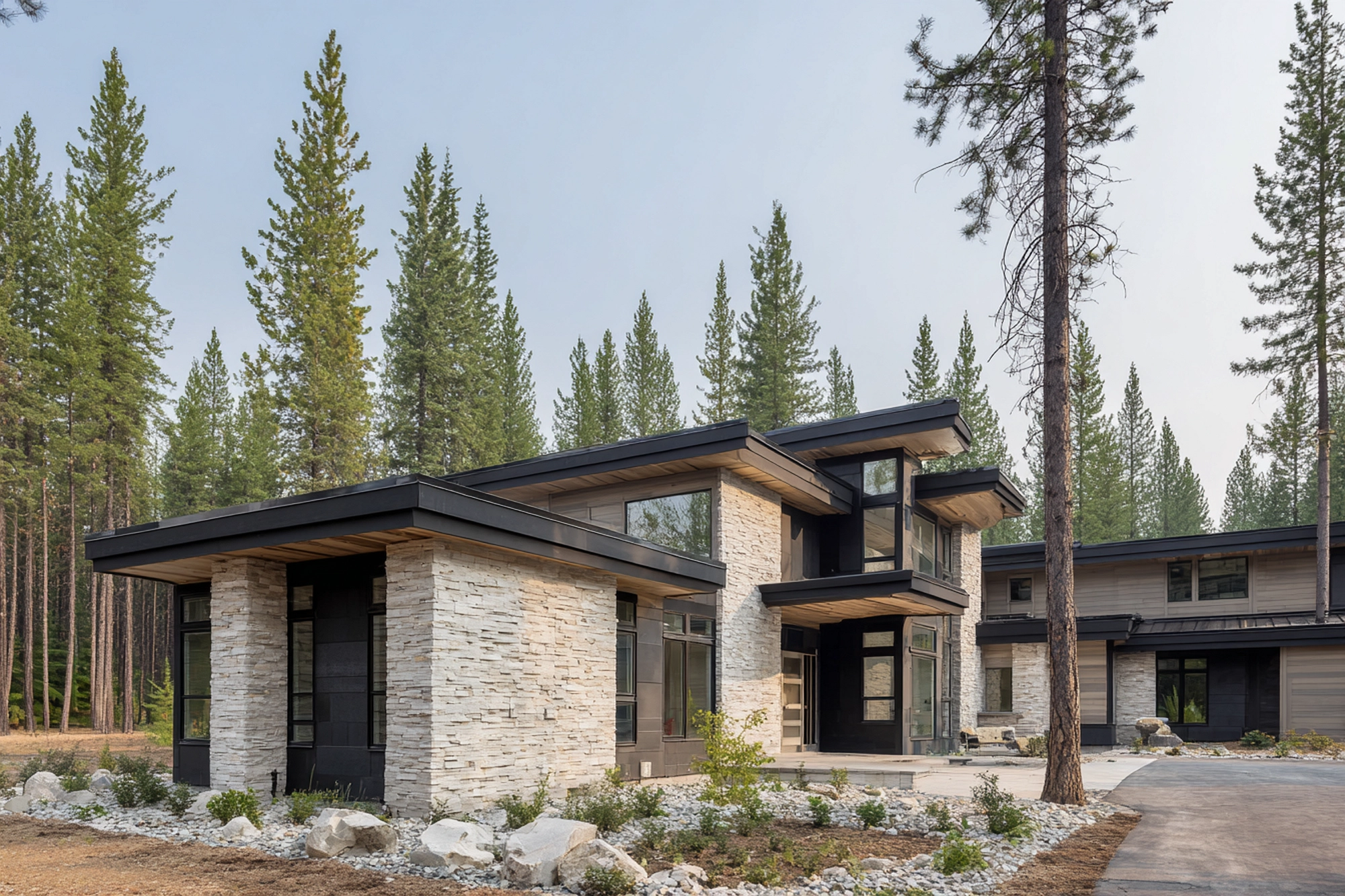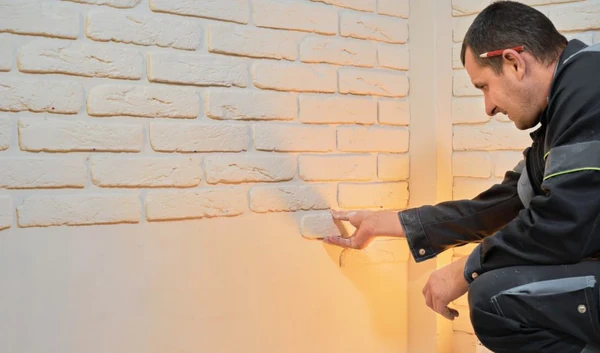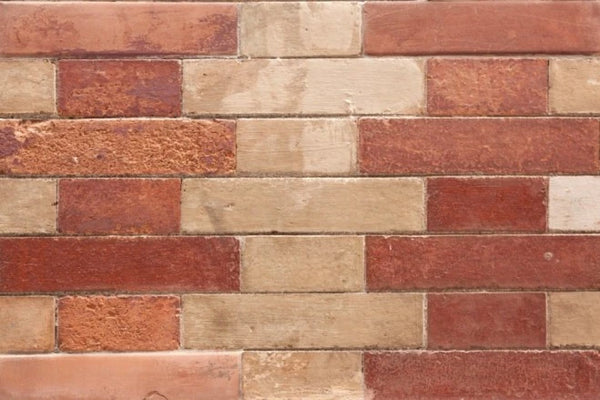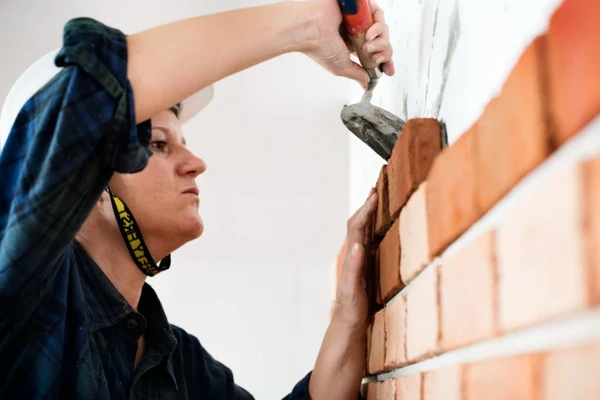
Real help. Real fast.
Call or text (650) 215-6464
Most replies within minutes · Mon–Fri 8–5 PT
Or [email protected] 24/7

Call or text (650) 215-6464
Most replies within minutes · Mon–Fri 8–5 PT
Or [email protected] 24/7


Summary: Are you tired of staring at bland, uninspired interior walls that lack character and depth? Do you long for a way to renovate your space into a stunning, eye-catching haven that reflects your unique style? Many homeowners struggle with finding the perfect solution to upgrade their walls without breaking the bank or undertaking a major renovation. Fortunately, installing Ledgestone on your interior walls is a game-changing DIY project that can add texture, natural beauty, and rustic charm to any room. In this comprehensive guide, we’ll walk you through the step-by-step process of how to install a ledgestone on interior walls, ensuring a flawless and professional finish.
About the Author: Elchin, co-founder of Solidshape, brings over 20 years of design experience. He’s consulted on hundreds of projects—from malls to luxury homes—and is known for helping clients make smart, stylish tile choices.
Ledgestone, a type of natural stone veneer, has taken the interior design world by storm. It’s made up of thin, flat pieces of stone that are stacked together to create a beautifully layered and textured look on walls.
The unique appearance of Ledgestone comes from the way each piece is carefully cut and arranged, giving it a three-dimensional feel that adds depth and character to any room.

One of the reasons Ledgestone is so appealing is that it brings a sense of natural beauty and rustic charm to interior spaces. The inherent variations in color, size, and shape contribute to its organic beauty, making it a popular choice for both residential and commercial interior design projects.
Whether you’re going for a cozy, cabin-like atmosphere or a modern, sophisticated vibe, Ledgestone can be used to achieve a wide range of design styles.
When it comes to choosing Ledgestone for your interior walls, you have two main options: natural stone and manufactured stone.

It is made from real stone that’s sourced from quarries and cut into thin pieces. The option offers the most authentic look and feel, with each piece showcasing the unique characteristics of the stone.
It is made from a mixture of concrete and other materials molded and colored to look like natural stone. Manufactured ledgestone is often more affordable and lighter in weight, making it easier to install.
Before you start installing Ledgestone on your interior walls, it’s vital to ensure you have all the necessary tools and materials on hand. This will help the process go smoothly, ensuring you get the best results possible.
Once the tools and materials are ready, it’s time to prepare the wall surface. Sometimes, even the right materials can fail to do the right job, if the wall surface is not prepared well.
Let’s run you through the process of getting your interior wall ready for ledgestone installation:
The first step is to make sure the wall is structurally sound, clean, and free from any debris or loose material. If you’re installing Ledgestone on drywall, you’ll want to apply a coat of latex primer and let it dry completely before starting. This will help the mortar adhere better to the surface.
If you’re installing Ledgestone on a concrete or masonry wall, you’ll need to remove any paint or sealers and repair any cracks or damage before starting. It ensures that the surface is smooth and even, making the installation process much easier.
Finally, use a level and chalk line to mark out the layout lines on the wall. This will help you keep the Ledgestone straight and even as you install it.

To find the best fit of ledgestone on your interior wall, explore Solidshape’s premium selection.
As you follow the above process for preparing the wall after choosing the perfect ledgestone type and design, you are all set to get started with the installation process.
Follow the steps laid down below for a near-perfect DIY installation:
| + Pro Tip:When installing Ledgestone outdoors, such as on a garden wall or fireplace surround, take extra care to waterproof the surface and use an exterior-grade mortar to withstand the elements. |

With your Ledgestone installed and the mortar dry, you can move on to grouting and finishing touches.
Take a moment to appreciate your work – you’ve created a stunning feature wall that will impress everyone walking in!
Solidshape’s exquisite collection of ledgestone come in diverse designs and patterns. To install one in your home, check out our range.
During the installation process, you are likely to encounter corners, outlets, and other obstacles that require you to cut the stones to fit.
Here are some tips and techniques to help you achieve a seamless look:
| + Pro Tip: When cutting Ledgestone to fit around outlets or switches, make a template out of cardboard or paper first. This will help you get the right size and shape without wasting stone. |
Grouting helps to fill in the gaps between the stones and creates a cohesive, polished look. After the mortar dries, grout and add the finishing touches.
Here’s how to do it:
| + Pro Tip: For a more rustic, natural look, consider using a dry brush technique instead of grouting. Simply use a stiff-bristled brush to sweep mortar or sand into the gaps between the stones, then brush away the excess. |
Ledgestone is a durable, low-maintenance material that can last for decades with proper care. Here are some tips on how to keep your Ledgestone looking its best:
| + Pro Tip: Avoid using acidic or abrasive cleaners on your Ledgestone, as they can etch or damage the surface of the stone. Stick to mild, pH-neutral cleaners and always do a spot test in an inconspicuous area before applying any new cleaner. |
Installing Ledgestone on your interior walls is a fantastic way to add natural beauty, texture, and character to your home. Each step brings you closer to creating a beautiful interior wall – from planning your layout and preparing the wall surface to cutting and fitting the stones and grouting for a polished finish.
Remember to take your time, trust the process, and don’t be afraid to get creative with your design.
With proper maintenance and care, your Ledgestone wall will remain a beautiful, durable, and timeless addition to your home for years to come. So, what are you waiting for? Grab your tools, choose your favorite Ledgestone, and start transforming your space today!
If you’re looking for the perfect Ledgestone to suit your style and vision, look no further than Solidshape’s extensive collection of premium natural stone veneers. Our expert team is always ready to help you find the ideal match for your project and provide guidance every step of the way.
Yes, you can install Ledgestone directly on drywall, but it’s essential to prime the surface first to ensure proper adhesion.
Installing stacked stone on an interior wall involves preparing the surface, applying thin-set mortar, pressing the stone pieces into the mortar, and grouting (if desired).
To install Ledgestone on a wall, follow these key steps: prepare the surface, plan the layout, apply thin-set mortar, press the stone pieces into the mortar, cut and fit pieces as needed, and grout (optional).
Yes, you can use a high-quality, polymer-modified thin-set mortar to adhere Ledgestone to drywall. Ensure the drywall is primed and in good condition before installation.